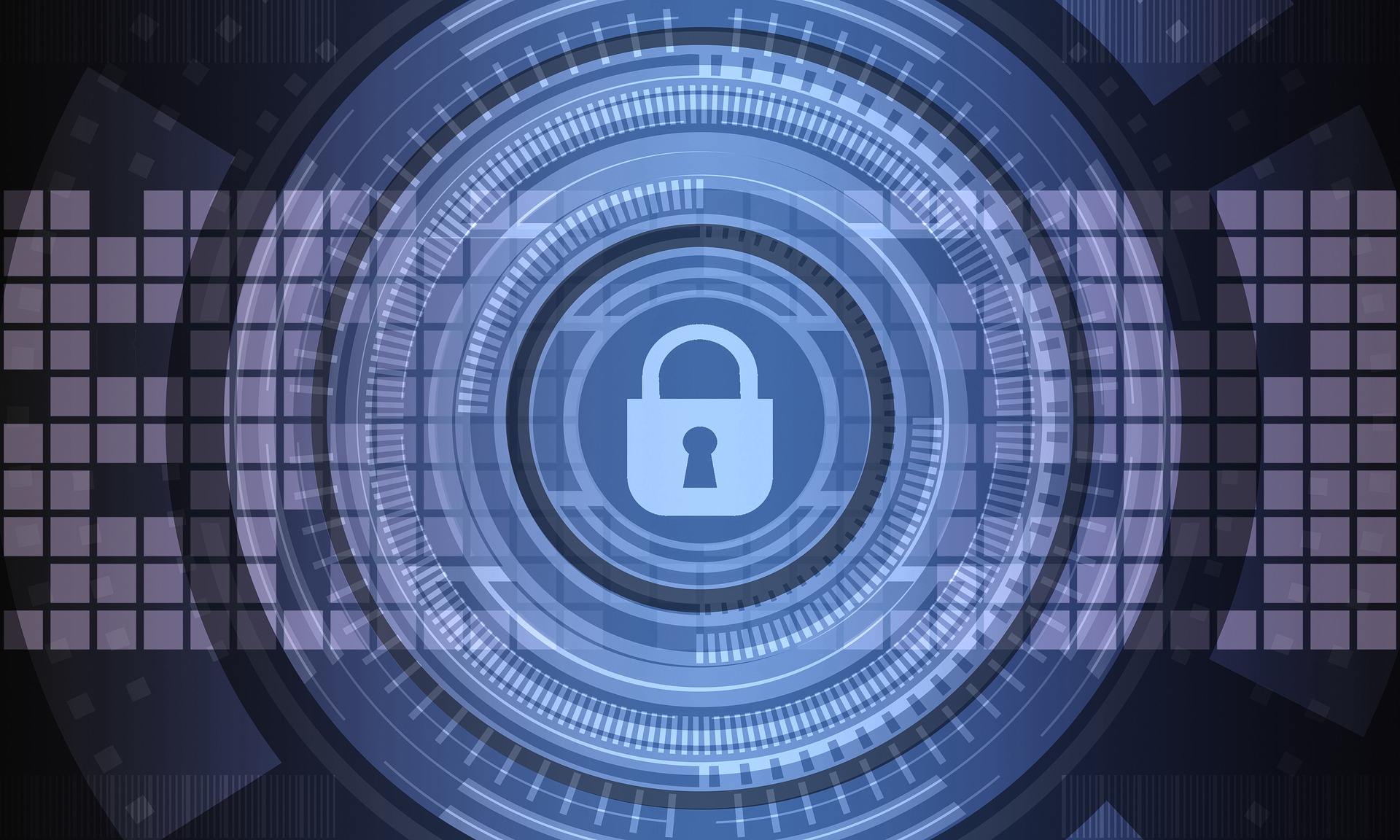Conference calling is a popular mode of communication for all kinds of organizations. This has successfully reduced the need to travel for face-to-face meetings. This enables organizations to heighten the efficiency of their communication protocols – it increases workforce productivity and significantly reduces overhead.
But with this valuable and convenient technology comes increased susceptibility to data security risks and user privacy breaches. Hacking, call snooping and phishing attacks remain a huge problem in this space, especially because of the type of shared information during a corporate conference call. To ensure that conference call service is secure and to prevent potential threats, the following proactive measures should be taken:
10 Steps You Should Take to Secure Your Conference Call
- Each conference call should be designated a unique access PIN or passcode. Ideally, passcodes for future calls should be different from previous calls. It would also be ideal to have one-time or semi-permanent passcode options that can be retired at any time. This is to avoid internal leaks from a former employee, or any other third party vendor or contact who might have had previous access to used passcodes or PINs.
- An exact date and time schedule for each conference call should be set. This can prevent unnecessary conversations between participants, which can lead to confusion among users over the meeting agenda. Something as simple as playing a hold music tone, until the host has joined, should be utilized.
- A few service providers facilitate its users with a feature of prompting each participant to announce their names and respective caller IDs. Either to the host alone, or the entire lot of participants. This makes it easier to keep track of who has joined or left the call and when.
- Time-locking the call ensures secure conferencing. An unverified user would not have the ability to join in once the pool of participants is verified and complete. An additional approach should be to keep count of the number of participants once the call has been successfully locked. ConferTel’s Call Hub Pro lets you effectively monitor an ongoing call.
- At the end of the call, it is important for the moderator to force terminate it. This can prevent any attempt to maintain control over the data in the conference call.
- It would be ideal to utilize an operator-assisted call for calls involving highly sensitive data. This is to assist the host in effectively conducting the conference call, where the host need not worry over every detail in running the call. In turn, the operator can ensure that the call runs smoothly and securely for the length of the whole meeting.
- If a participant is found to be suspicious or unverified, then the operator or host should have the capability to move them into a breakout room or a “green room” for verification.
- A summary report for the entire call should be generated and kept track of for future references. Similarly, recordings of the respective conversation should be available to the concerned parties for a limited time and through a secure platform, to reduce possible data breaches.
- It’s always wise to use industry standard data encryption techniques. This can secure the shared information in a conference call from hackers. This makes it quite difficult for them to translate the encrypted data into a comprehensible format. The time and resources they’ll spend on doing this won’t be enough for the rewards they can get once they manage to successfully decrypt the data.
- If there’s some suspicion at any instance that an intruder may have joined the call, the host should be able to immediately disengage the user. The entire conversation should be disconnected when required.
Conference calling is considered an excellent tool for linking various remote groups, and a secure conference call platform is a huge asset in the business. Follow the steps above to protect the data of your conference calls and the privacy of all participants. And for a more comprehensive perspective, download our e-guide on secure conferencing here.

